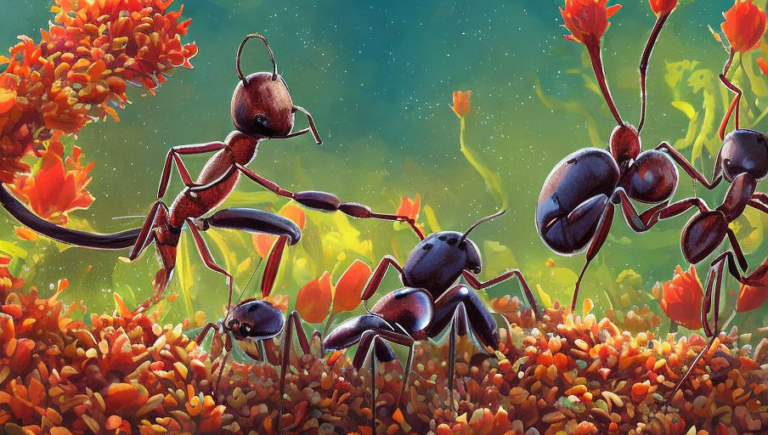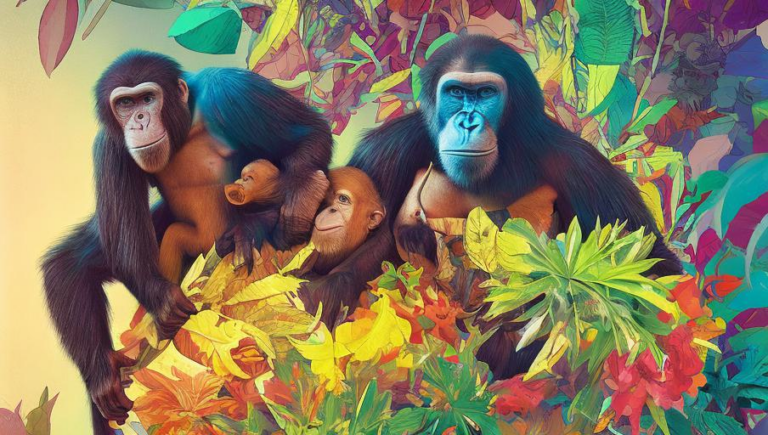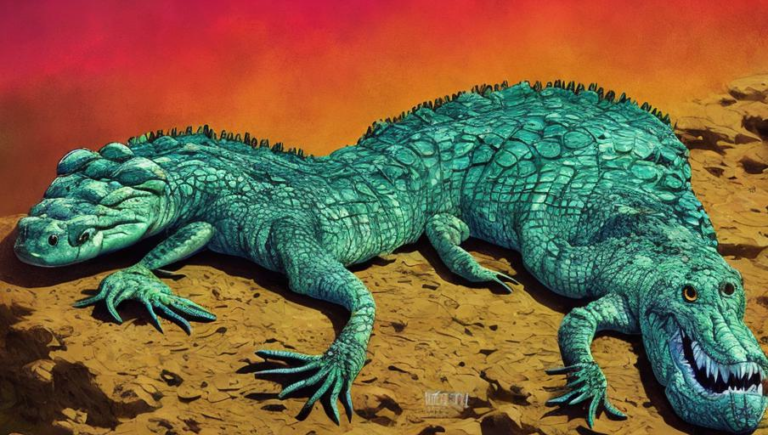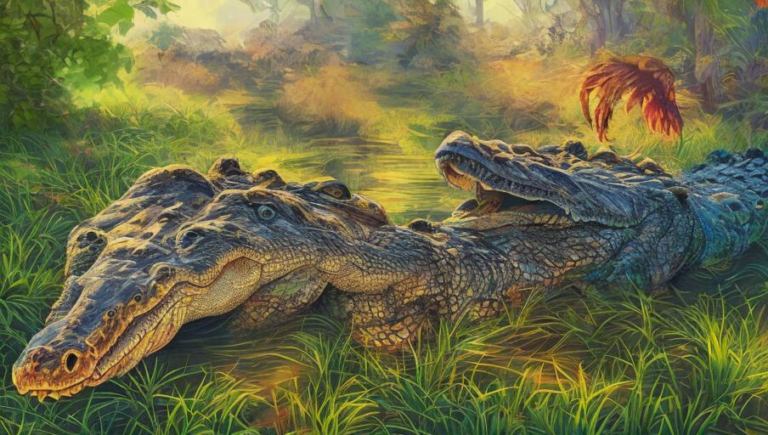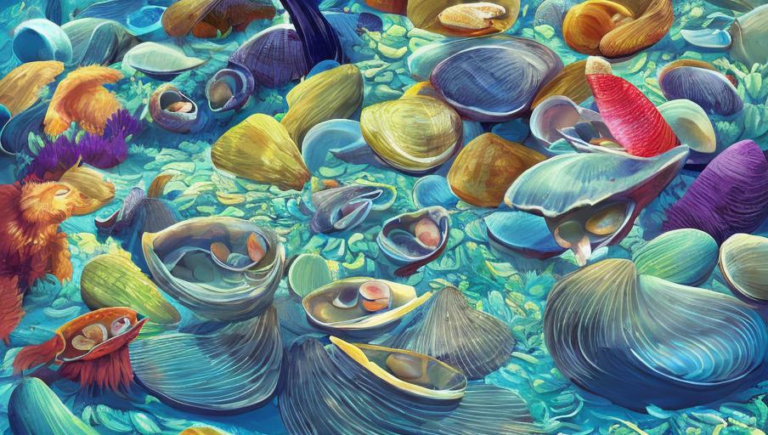Adapting to the Wild: The Aardvark’s Survival Instincts
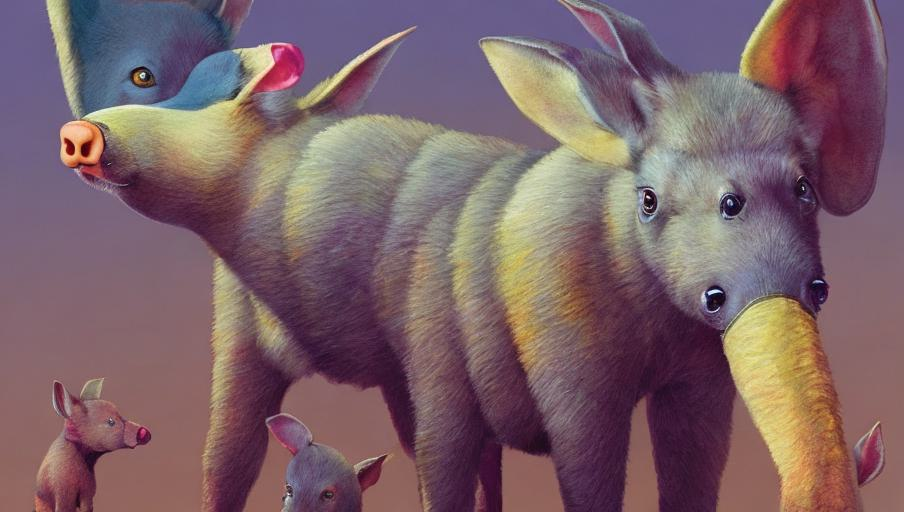
Introduction
The aardvark is an intriguing and mysterious creature. With its long snout, powerful claws, and burrowing abilities, the aardvark is well-adapted for life in the wild. This remarkable mammal is the only living species of its kind, and its unique adaptations help it thrive in its African home.
Habitat
The aardvark can be found in a variety of habitats throughout sub-Saharan Africa, including savannas, grasslands, and open woodlands. They prefer areas with loose soil and plenty of vegetation, as this makes it easier for them to build their burrows. Aardvarks are nocturnal, so they are most active at night when they forage for food.
Diet
The aardvark is mainly a forager, meaning that it scavenges for food rather than hunts for it. Its diet consists mainly of ants and termites, which it finds using its long snout and powerful claws. The aardvark also has a long sticky tongue that helps it catch its prey. It also eats other insects, fruits, and roots.
Adaptations
The aardvark’s adaptations help it survive in the wild. Its powerful claws are perfect for digging burrows and foraging for food. Its long snout is great for sniffing out its prey, while its sticky tongue helps it catch them. Its tough skin provides protection against predators, while its nocturnal habits help it to remain safe. The aardvark also has an acute sense of hearing and smell, which help it detect potential dangers.
Threats
The aardvark faces a number of threats in the wild, including habitat loss and fragmentation, hunting, and disease. Its burrowing habit can cause conflicts with farmers, as the aardvark can damage crops and irrigation systems. The aardvark is also vulnerable to predators such as lions, hyenas, and leopards. Climate change is also a major threat, as it can reduce the aardvark’s food supply and cause its habitats to become unsuitable for the species.
Conservation
The aardvark is classified as a Vulnerable species, meaning that its population is declining. Conservation efforts are being made to protect the species and its habitats, such as habitat restoration and protection, as well as increasing public awareness and education. Captive breeding programs are also being developed to help increase the aardvark population.
Conclusion
The aardvark is an incredible creature that has adapted to survive in the wild. Its unique adaptations help it find food and remain safe from predators. Unfortunately, the aardvark is facing a number of threats, and conservation efforts are needed to protect this unique species. By increasing public awareness and education, we can help to ensure the survival of the aardvark for future generations.
